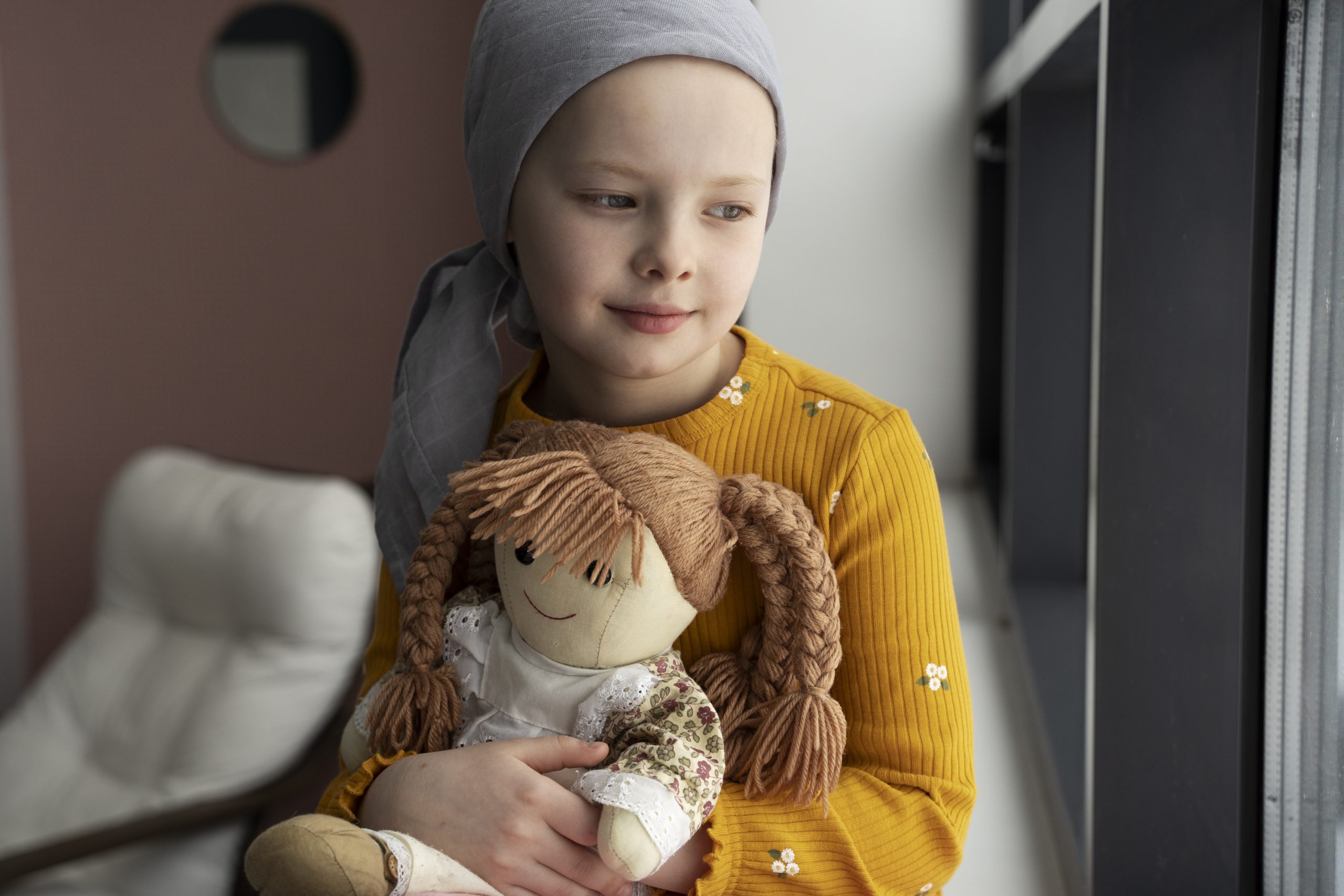

A new technique has been created by researchers at Uppsala University to identify mutations in pediatric brain cancers. Additionally, they demonstrated how the mutations alter how cancer cells react to cancer medication. These discoveries might help with better brain tumor diagnosis and more customized care for young patients. Journal Proceedings of the National Academy of Sciences publishes the work.
The most frequent malignant brain tumor in children is medulloblastoma. Although modern medicine has improved the prognosis so that more than 70% of patients now live more than five years, it typically develops in the cerebellum, and not all patients can be treated. Cancer survivors who get intensive cancer treatment may also experience serious side effects like reduced balance and learning.
The less than 2% of human DNA that results in proteins has been the subject of several research, but little is known about the remaining 98% of the genome. Thus, 98% of the mutations in cancers like medulloblastoma occur in the less well-researched region of the genome. There may be thousands of mutations, and it is challenging to distinguish the ones that cause cancer from those of minor significance.
The researchers employed a method they recently created as part of an international partnership to obtain a thorough understanding of what mutations are significant in medulloblastoma. The approach focuses on conserved regions of the genome and is based on the idea that DNA sequences that have stayed constant over the course of millions of years of evolution are probably involved in critical biological processes.
“In the new study, mutations in patients with medulloblastoma were compared with information about how well an individual position in the genome has been kept throughout evolution. Mutations in areas that hardly changed at all can be assumed to be most important,” says Ananya Roy, researcher and shared first author of the new study.
A total of 114 of the 200,000 mutations discovered in 145 patients were located in regions of the genome that are known to be conserved. Even though some of these genes showed changed protein levels in medulloblastoma, several of these changes took place in genes that had not previously been identified to be mutated in this tumour. The recently discovered mutations are found in DNA, which gives instructions on how much, when, and where proteins should be produced. Therefore, the findings might explain past reports of various protein levels in medulloblastoma.
“We focused on mutations at the best-preserved positions, as these are likely the most critical ones for gene regulation. This way we can sort out the most important mutations, which would otherwise not be possible, and then test their functionality,” says Karin Forsberg-Nilsson, one of the researchers who led the study.
The mutations affected the gene expression in medulloblastoma cells in culture, and the researchers discovered different mutations in various age groups and subgroups of the disease.
“This shows that our method works and can provide a clearer picture of how these mutations regulate protein levels in cancer cells,” says Kerstin Lindblad-Toh, who also led the study.
The study also demonstrated how the novel method’s mutations altered the resistance of the cancer cells to a cancer medication. As a result, this novel method of mutation analysis might recommend personalized therapy.
This means that a medicine is chosen for a patient based on their unique mutation pattern, a practice that is becoming more and more common in the treatment of cancer.
However, for this to work, there needs to be a medicine that is currently on the market, possibly used to treat another illness, and that can be used to treat a small number of cancer patients who have the “right mutation.” The results of the new study may increase the number of mutations that can be treated, providing patients with more customized therapy in the long run.
“To be able to use cancer mutation analysis for precision medicine, a lot of genetic information about each patient is needed. Since all children with brain tumors in Sweden are now offered whole genome sequencing analysis, i.e., the entire tumor genome is mapped, there are good possibilities to develop the analysis further to benefit patients,” says Forsberg-Nilsson.
more recommended stories
 Phage Therapy Study Reveals RNA-Based Infection Control
Phage Therapy Study Reveals RNA-Based Infection ControlKey Takeaways (Quick Summary) Researchers uncovered.
 Pelvic Floor Disorders: Treatable Yet Often Ignored
Pelvic Floor Disorders: Treatable Yet Often IgnoredKey Takeaways (Quick Summary) Pelvic floor.
 Urine-Based microRNA Aging Clock Predicts Biological Age
Urine-Based microRNA Aging Clock Predicts Biological AgeKey Takeaways (Quick Summary) Researchers developed.
 Circadian Control of Neutrophils in Myocardial Infarction
Circadian Control of Neutrophils in Myocardial InfarctionKey Takeaways for HCPs Neutrophil activity.
 E-Cigarette Use and Heart Attack Risk in Former Smokers
E-Cigarette Use and Heart Attack Risk in Former SmokersKey Takeaways for Clinicians and Nurses.
 Ultramarathon Physiology: What HCPs Should Know?
Ultramarathon Physiology: What HCPs Should Know?Ultramarathon Metabolism: What Happens to the.
 High-Intensity Training and Oxidative Stress Insights
High-Intensity Training and Oxidative Stress InsightsNew Evidence Linking High-Intensity Training and.
 Sterilized Fermented Beverage for Obesity: New Evidence
Sterilized Fermented Beverage for Obesity: New EvidenceEarly Insights Into a Sterilized Fermented.
 36-Week Pre-eclampsia Screening May Reduce Term Risk
36-Week Pre-eclampsia Screening May Reduce Term RiskA New Preventive Strategy for Term.
 Cardiovascular Risk and Sudden Cardiac Death in Diabetes
Cardiovascular Risk and Sudden Cardiac Death in DiabetesRising Sudden Cardiac Death (SCD) Risk.

Leave a Comment